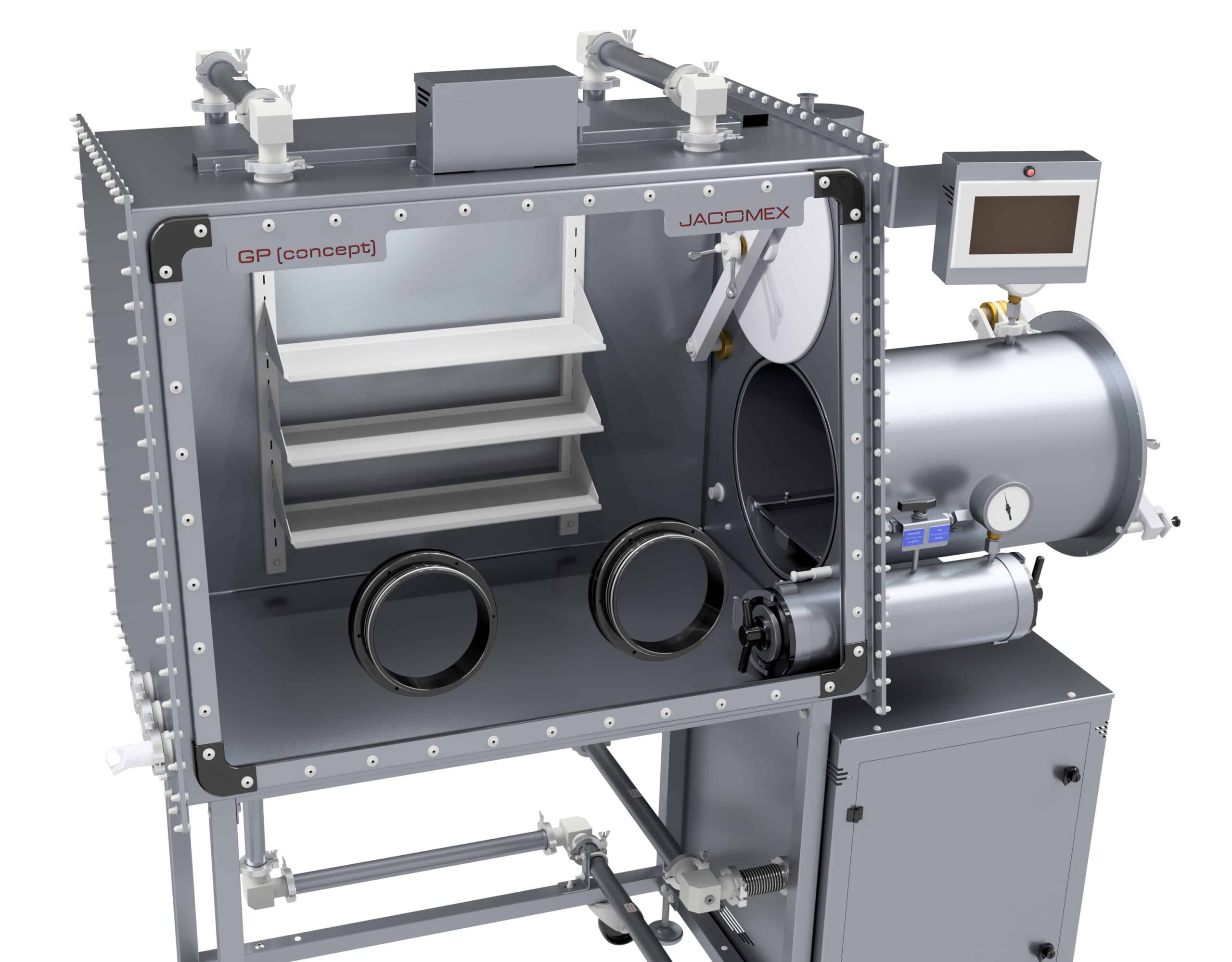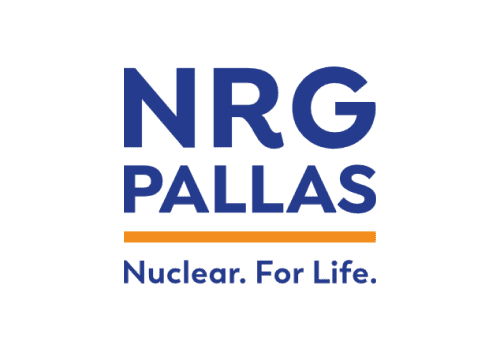Purpose of GMP Compliant Radiopharmaceutical Dispensing Isolators
Radiopharmaceutical dispensing isolators have various applications: radiolabelling, QC of radiopharmaceuticals. Their design must be GMP compliant. Isolators allow the integration of equipment necessary for the distribution of radiopharmaceuticals and other processes requiring aseptic handling.
Radiopharmaceuticals are composed of a molecule and a radionuclide that serve as a carrier, with a high binding capacity to a specific function or tissue of a human organ.
The isolators also incorporate the following equipment:
- Distribution chamber, equipped with laminar flow and conforming to A Class (EEC-cGMP);
- Material introduction chamber, equipped with handling gloves and compliant with A Class (EEC-cGMP);
- Waste compartment, equipped with a door and complying with B Class (EEC-cGMP);
Some options, such as temperature and humidity monitoring, can be integrated into the isolators, as required.
In the distribution of radiopharmaceuticals, isolators must offer flexibility in the retrieval and management of the products. They should also facilitate access to the product in the event of a malfunction or emergency to ensure recovery, while preserving operator exposure.
GMP Compliance
Radiopharmaceuticals are radioactive isotopes bound to biological molecules, with the ability to target certain tissues, organs or cells in the human body. Increasingly used to treat certain diseases, these radioactive substances are used for diagnostic purposes.
The handling and distribution of these products must be done in an aseptic environment. The use of isolators is therefore essential to ensure the quality of the products and to protect the operators. To comply with GMP, radiopharmaceutical dispensing isolators must have
A shielded inlet for radioactive products;
- A humidity and temperature sensor;
- A particle counter sensor within the main chamber and the product introduction pre-chamber;
- A particle monitoring system;
- A working area consisting of a A class laminar flow chamber;
- An extraction system to ensure no back contamination;
- A B class pre-chamber with a decontamination system;
- Hygienic design of classified areas and work surface;
- A solid, insulated waste system with the capacity to absorb waste during the various stages of the process.
In the area of radiopharmaceuticals, isolators must ensure a solution that meets the need for flexibility during the distribution of GMP compliant radiopharmaceuticals. Areas that are potentially contaminated must also be accessible for cleaning.
















